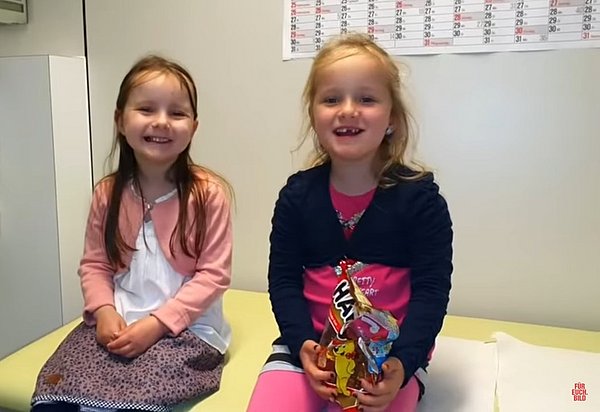The story of our patient Emily shows how important modern diagnostic methods can be for children with cancer: Emily was diagnosed with a six-centimeter brain tumor in May 2020. She was only four then. Her parents took notice because she complained of nausea and described seeing double in one eye.
To the doctors, the symptoms were clear. An MRI confirmed a fast growing tumor. Her parents and her twin sister Leni were very worried about Emily - especially when the doctors announced the diagnosis of "glioblastoma grade IV" after the operation. The chances of recovery from a glioblastoma are very poor, on average less than 10 percent.
She was supposed to have six months left. But the family did not give up and contacted Stefan Pfister, one of the directors of the Hopp Children's Cancer Center Heidelberg (KiTZ). He recommended a detailed molecular examination of the tumor via the INFORM program at the KiTZ. Here, the tumor tissue can be examined much more precisely using molecular methods, so-called genome sequencing, than is possible under a microscope. In 10 to 15 percent of cases, the molecular analysis differs from diagnoses via microscopy.
That was also the case with Emily. The tumor is different from what was initially diagnosed by looking through the microscope. One for which Emily has a good chance of recovery. She received radiation and is almost finished with chemotherapy, from July onwards she will only have to be checked every three months.
In their analyses, the INFORM team also found a molecular target for which a new targeted drug is already available. This means that if the tumor does come back at some point, there is another treatment option.
Thanks to INFORM, Emily has a chance of a normal life.
Source: Bild / Ein Herz für Kinder

